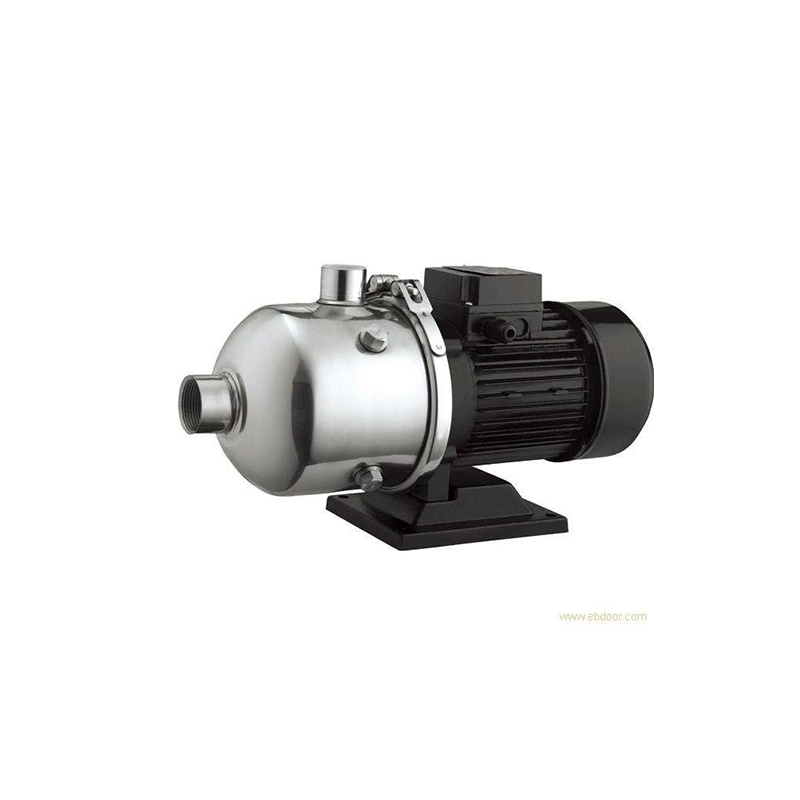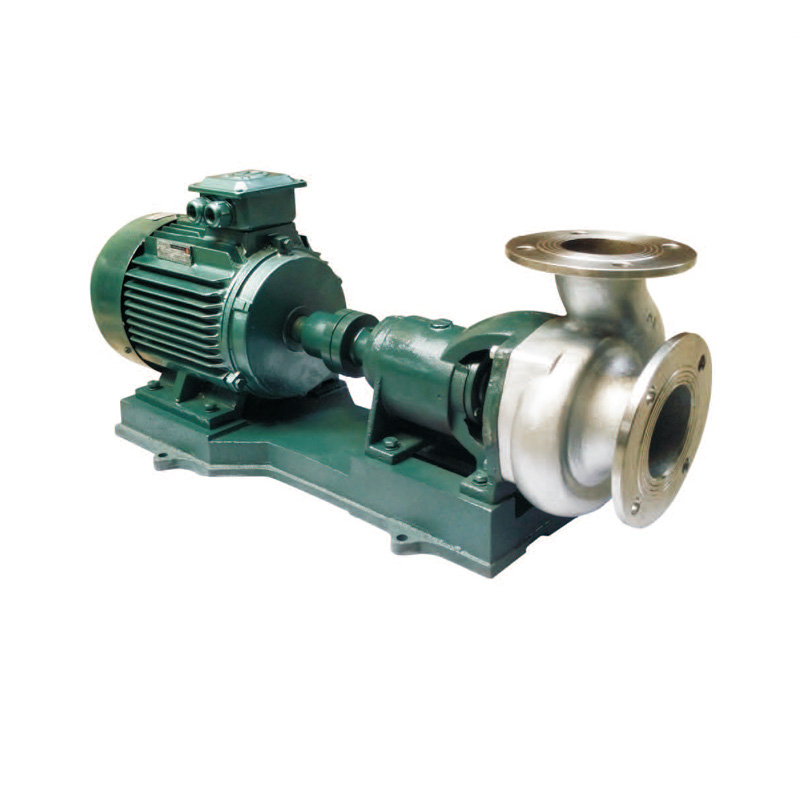NewsNEWS
Featured products
Contact Us
Top Ten Considerations for Submersible Pumps
2025-07-02Top Ten Considerations for Submersible Pumps:
Your Essential Buying Guide
Selecting the right submersible pump is critical for efficient, reliable, and cost-effective operation, whether for wastewater management, construction dewatering, agricultural irrigation, industrial processes, or clean water supply. Choosing poorly can lead to frequent breakdowns, high energy costs, premature failure, and costly downtime. To ensure you make the best investment, here are the top ten considerations for submersible pumps:
Fluid Type & Composition (The MOST Critical Factor):
Why it Matters: Pump materials must be compatible with the fluid to avoid catastrophic corrosion, erosion, or chemical degradation. Solids content (size, type, and concentration) directly impacts pump design.
Key Questions: Is it clean water, sewage, sludge, saltwater, chemical-laden industrial effluent, or abrasive slurry? What is the pH level? What is the maximum solid size (e.g., “handles solids up to 2 inches”)? Are stringy materials (rags, wipes) present?
Impact: Determines pump construction material (cast iron, stainless steel – 304/316, duplex, super duplex, specialized plastics) and impeller type (vortex, grinder, channel, semi-open).
Required Flow Rate (Capacity):
Why it Matters: The pump must move the necessary volume of liquid per unit time (e.g., Gallons Per Minute – GPM, Cubic Meters Per Hour – m³/h) to meet the system demand efficiently.
Key Questions: What is the desired or required output? Is it constant or variable? What is the peak flow scenario?
Impact: Directly influences pump size, motor power, and energy consumption. Undersizing leads to inadequate performance; oversizing wastes energy and can cause issues like cavitation.
Total Dynamic Head (TDH):
Why it Matters: TDH represents the total resistance the pump must overcome, including vertical lift (static head), friction loss in pipes and fittings, and any pressure required at the discharge point (e.g., into a pressurized tank).
Key Questions: What is the vertical distance from the pump to the discharge point? What is the total pipe length, diameter, and material? How many bends, valves, and fittings are in the system? Is there exit pressure?
Impact: This is the Y-axis on the pump curve. The pump must be selected so its operating point (at the desired flow rate) falls on or near its Best Efficiency Point (BEP) on its curve at the calculated TDH. Miscalculation is a leading cause of pump failure.
Pump Material & Construction:
Why it Matters: Directly related to point #1 (Fluid Type). Material choice dictates resistance to corrosion, abrasion, and chemical attack, ensuring longevity.
Key Choices:
Housing/Volute: Cast iron (economical, clean water), various grades of Stainless Steel (SS 304 for mild wastewater, SS 316 for harsher conditions, Duplex/Super Duplex for highly corrosive/seawater), thermoplastics (chemical resistance).
Shaft: Stainless steel (minimum 416), often hardened.
Seals: Mechanical seal type and materials (carbon/ceramic, silicon carbide, tungsten carbide) must be compatible with the fluid. Double seals or tandem seals are needed for hazardous fluids.
Impeller: Material must withstand abrasion/corrosion; design (vortex, grinder, channel) handles solids.
Power Source & Voltage:
Why it Matters: The pump must match the available electrical supply. Incorrect voltage or phase can damage the motor.
Key Questions: What is the available voltage (e.g., 115V, 230V, 460V, 575V)? Single-phase or three-phase power? What is the power supply frequency (50Hz or 60Hz)? Is a control panel or variable frequency drive (VFD) needed?
Impact: Determines motor specifications and potential need for transformers or phase converters. Three-phase is generally preferred for larger pumps (>5 HP) for efficiency and smoother starting.
Motor Specifications & Protection:
Why it Matters: The motor is the heart of the pump. Adequate power and protection are essential for reliable operation.
Key Factors:
Horsepower (HP/kW): Must be sufficient to achieve the required Flow and Head at the specific gravity of the fluid.
Insulation Class (e.g., Class F, Class H): Determines maximum allowable operating temperature.
Enclosure Rating (e.g., IP68): Confirms full submersibility and protection against solids/water ingress.
Thermal Protection: Built-in overload protection (thermal cutouts) is crucial to prevent motor burnout from dry running, overload, or voltage issues.
Cooling: Submersible motors rely on the surrounding fluid for cooling. Ensure adequate flow past the motor housing.

Duty Cycle & Expected Runtime:
Why it Matters: Pumps designed for continuous duty (e.g., 24/7 operation in a municipal plant) differ from those for intermittent use (e.g., dewatering a basement after rain).
Key Questions: Will the pump run continuously, intermittently (how many starts/stops per hour?), or only occasionally? What is the expected daily or weekly runtime?
Impact: Influences motor design, cooling requirements, and overall robustness. Continuous duty pumps often have more robust bearings and windings. Intermittent duty pumps might be smaller/lighter.
Installation Environment & Depth:
Why it Matters: Physical constraints and conditions dictate pump size, design, and accessories.
Key Factors:
Borehole/Wells: Pump diameter must fit the casing. Deep wells require multistage pumps for high head.
Wet Wells/Sump Pits: Minimum liquid level must cover the motor for cooling. Submergence depth affects starting (NPSH available).
Temperature: Both fluid and ambient temperature impact material choices and motor cooling.
Accessibility: Ease of installation and future maintenance access.
Float Switch Needs: For automatic operation based on liquid level.
Net Positive Suction Head Available (NPSHa) vs. Required (NPSHr):
Why it Matters: Prevents cavitation – the formation and collapse of vapor bubbles that causes noise, vibration, pitting damage, and efficiency loss.
Key Concept: NPSHa is the absolute pressure available at the pump inlet above the fluid’s vapor pressure. NPSHr is the minimum pressure required by the pump (found on its curve). NPSHa MUST exceed NPSHr, typically by at least 1-2 meters (3-5 feet) safety margin.
Impact: Crucial for pumps lifting fluid (not flooded suction). Affects impeller design and pump placement depth.
Brand Reputation, Support & Warranty:
Why it Matters: Even the best pump may need service or parts. Reliability and support are key for minimizing downtime.
Key Considerations:
Manufacturer Reputation: Look for established brands known for quality and reliability in your specific application.
Availability of Spare Parts: How easy and quick is it to get critical seals, impellers, or motors?
Technical Support & Service Network: Does the manufacturer or distributor offer knowledgeable support and local service?
Warranty Terms: Length and coverage details. A strong warranty often reflects confidence in the product.
Key Takeaways for Your Submersible Pump Selection:
Investing time upfront in these top ten considerations for submersible pumps pays significant dividends. It ensures you select a pump that is:
Compatible: With your specific fluid and environment.
Correctly Sized: For optimal flow, head, and efficiency.
Durable: Built with appropriate materials and motor protection.
Reliable: Minimizing breakdowns and costly downtime.
Cost-Effective: Optimizing energy use and lifespan.
Always consult the manufacturer’s pump curves and technical specifications. When in doubt, seek advice from reputable pump distributors or application engineers. By meticulously evaluating these factors, you secure a submersible pump solution that delivers peak performance and longevity for your demanding application.





